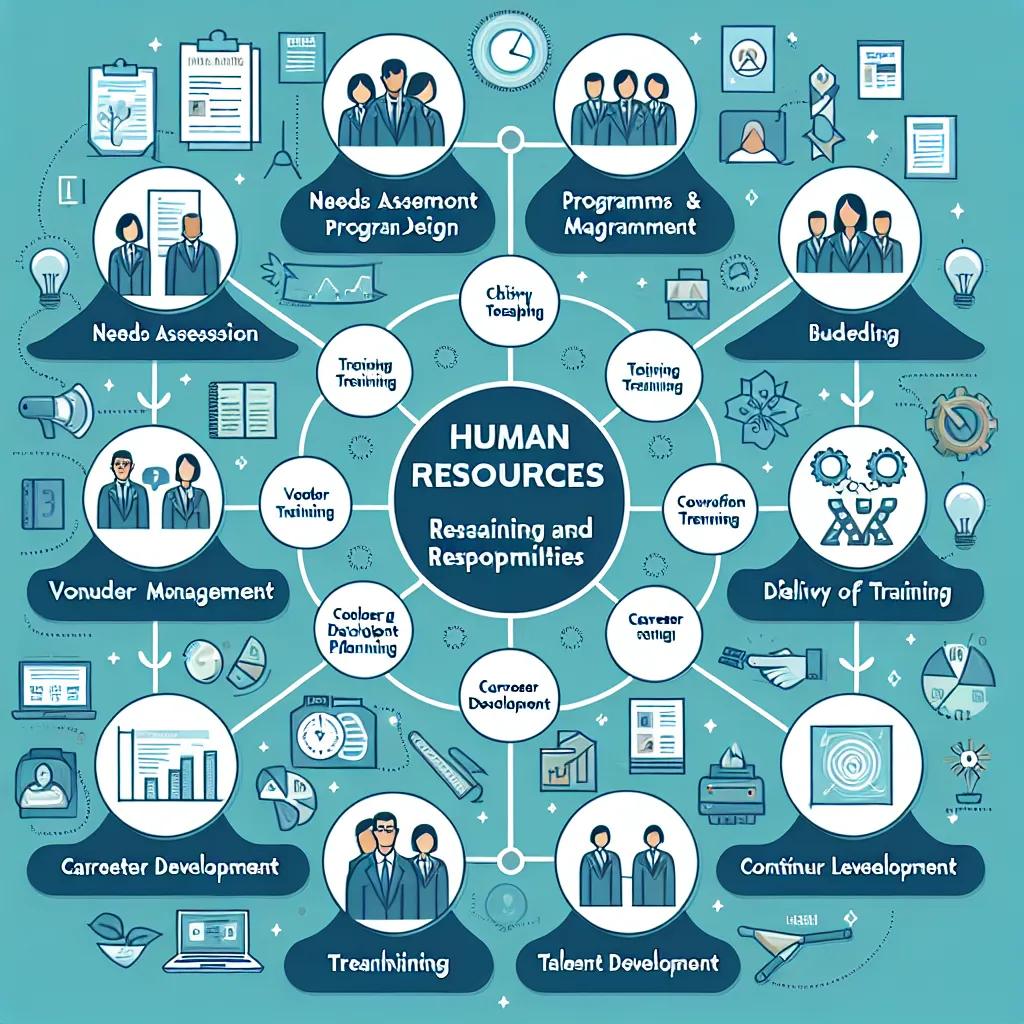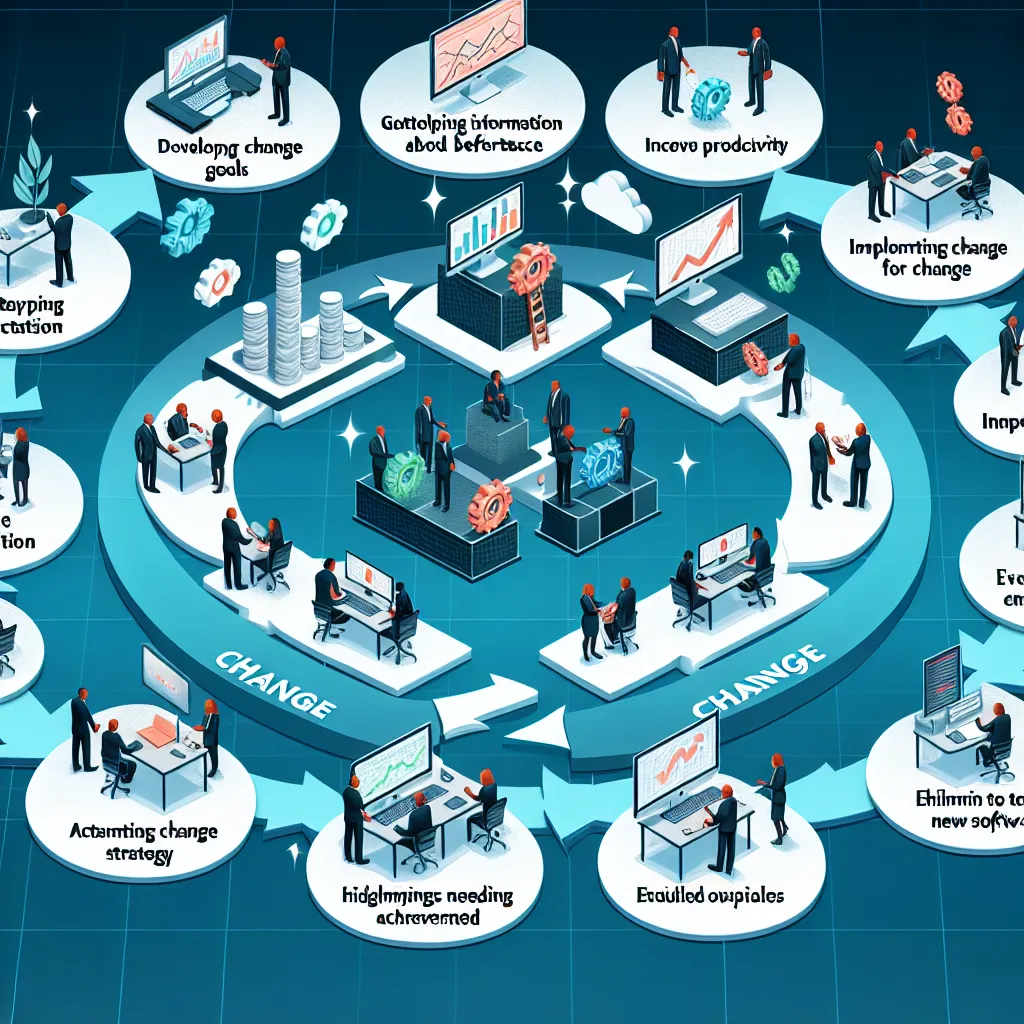Ask AI on The Internet
Question: “Thus, a tool is needed to assist companies in their human resource management (HRM) department so that HRM performance and efficiency can be improved and critical HRM problems can be avoided. The tool is Human Resource Information System (HRIS). Many large companies that use HRIS realise the importance of implementing ICT systems into business processes to increase the company's overall competitive capabilities and make business processes more effective and efficient, including data and information processing into HRM functions (Basu et al., 2022). Fast food restaurants are an example of a company implementing HRIS in the food industry. They carry out HR management using HRIS to minimise human error in business processes, make business processes more effective and efficient and improve HRM efficiency and accuracy. On the other hand, the application of information technology to manage human resources is still evolving, and often the systems connected to business processes that apply information technology is fragmented (Muqaddim & Hosain, 2021). Based on the brief explanation above, the 7 HHRM130-1-Jan-Jan2024-FA2-TMP-V.4-06112023 researcher is then interested in seeing how implementing HRIS can improve the efficiency of a company's HRM.” Source: Panjaitan, E.H.H., 2023. Implementing Human Resource Information System (HRIS) for Efficient Human Resource Management. International Journal of Science and Society, 5(2), pp.128-139. [Google Scholar] (Accessed 31st August 2023) Click here to access. 4.1Within an organisation there are specific users of integrated Human Resource modules, namely the HR department, executive management, line managers and employees. Required: Name and offer a brief explanation using your own words for each of these fourteen (14) approaches discussed in your courseware. (28 marks) 4.2There are three orders of change outlined in the courseware outlined by Net et al, (2011). According to Jones (2012) first order change can be defined as incremental change, with a relatively small scope (sometimes taking a few days to implement) with few consequences/ disturbances to the norm. Offer a brief explanation for the other two (2) orders of organisational change. (2 marks
4.1 Users of integrated Human Resource modules: 1. HR Department: This is the focal point that uses HRIS for various functions such as recruitment, performance management, payroll, attendance and leave management, and much more. They leverage HRIS to automate the processes and improve decision-making based on data analytics. 2. Executive Management: They use HRIS for strategic decision-making. They depend on the information generated by HRIS about manpower costs, productivity, skills availability, and future HR requirements for better strategic planning. 3. Line Managers: They use HRIS to track the performance, attendance, and other related information of their team members. HRIS helps line managers in performance assessment, determining training needs, deciding promotions or increments, etc. 4. Employees: They are users of HRIS too. They access HRIS for applying for leaves, checking periodical payslips, updating personal records, requesting transfers, etc. HRIS also helps in ensuring transparency and direct communication with the HR department and management. 4.2 The two orders of organizational change: Second Order Change: This type of change involves a significant shift in how the organization operates. It might involve a change in the organizational structure, culture, or strategic direction, policies, etc. It often leads to substantial alterations and can be disruptive, necessitating a thorough rethink of established ways of doing things. It usually takes longer to implement- months, years, or even decades. Third-Order Change: This is a form of transformational change that profoundly reshapes the organization's identity and way of operating. It involves a drastic, fundamental revision of an organization's character and orientation, essentially shifting its organizational paradigm. It includes not just changes in strategies, structures, and systems but also shifts in values, norms, and organizational culture. This type of change can take years to complete and often involves significant investments in leadership and organizational development initiatives.
A new large language model has been made available since this question was asked.
To generate an updated answer from the new model, click the button below.
Think your answer is better than the AI's? Post it below.
Other Most Relevant Posts:
Question Tags
If you want your question answered by an AI, click here.







Post your own comment: